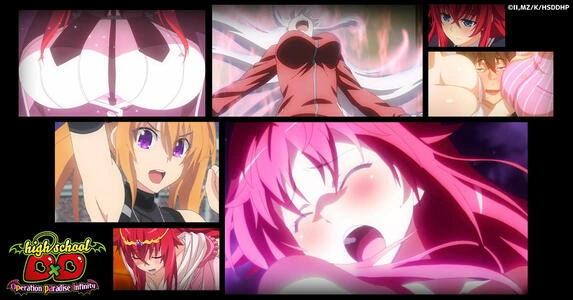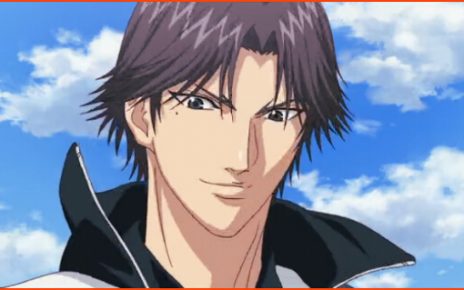Table of Contents
Delving into the Emotional Universe of Aquarion: Myth of Emotions
Aquarion: Myth of Emotions embarks on a journey that blends an emotional narrative with remarkable mecha action. As the latest iteration of Shōji Kawamori’s acclaimed Aquarion series, it aims to carve out its own identity while respecting its predecessors. Despite its noble aspirations, the series struggles with several narrative challenges and production inconsistencies.
Introduction to Aquarion: Myth of Emotions

The setting of Aquarion: Myth of Emotions grips viewers with the occurrence of enigmatic events in the town of Enoshima. Following the unprecedented demise of a school girl, her spectral presence continues to roam the halls of Enoshima Academy. This occurrence coincides with the emergence of Shadow Angels, mythical creatures intent on altering the fabric of the universe. Among those called upon to battle these forces are Sakko and his companions, who pilot the legendary super robot—Aquarion—to shield their world from descending chaos.
A Complete Review of the Series
Back in January, my viewing partner and I devoted our Thursdays to witness the unfolding of Myth of Emotions. Unfortunately, this venture garnered minimal fanfare among the typical mecha enthusiasts. The perplexing lack of enthusiasm raises the question: why do we need a fresh Aquarion?
The Start of a Promising Adventure
With a courageous new rendition of the iconic theme and a visually distinct art style, Myth of Emotions set out to reinvent the Aquarion universe. Esteemed creatives like Perfect Blue’s Sadayuki Murai and Shōji Kawamori reinforce this narrative reboot’s ambition. While the initial three episodes succeed in captivating the audience, establishing a refreshing take through eloquent storytelling, the momentum sadly dwindles.
The Gravitational Pull of the Past
Despite a gripping start, one major flaw emerges—the storyline’s heavy reliance on past lives and reincarnation. Such elements, rather than enriching the main narrative, often act as distractions. Episode four exemplifies this issue, delving into complex backstories that render the plot convoluted. An excessive focus on reincarnations and flashbacks detracts from the present-day storyline, overshadowing the pivotal conflict at hand.
Technicalität and Execution Woes
The animation quality remains inconsistent throughout the series. Despite a strong opening, later episodes suffer from static scenes and facial discrepancies in the characters. The pilot episodes exhibit fluid motion, impressing viewers with dynamic mechanical battles, but this consistency falters in subsequent episodes.
However, mechanical animation depicting Aquarion itself is stellar in execution, showcasing advancements in CGI visual craftsmanship at Satelight.
Inconsistencies Hinder a Potential Triumph
While marred by storytelling hiccups and variable animation standards, Aquarion: Myth of Emotions displays moments of brilliance in its initial setup, character design, and a richly envisioned world. Understanding the need for franchise evolution is pivotal, and with the right refinements, a future series could better encapsulate the essence of Aquarion’s creative spirit.
Final Thoughts
Ultimately, Aquarion: Myth of Emotions sends mixed signals, navigating between hope and disappointment. Despite some standout elements, such as the superb mechanical animation and evocative character frameworks, the overwhelming use of complicated lore and fluctuating animation quality diminishes its full potential. Future endeavors should aim to distill the core of what made Aquarion captivate audiences and strip away unnecessary complexities. For fans of mecha and complex narratives, the series still offers intriguing moments worthy of exploration, but it demands patience and a forgiving heart for its imperfections.





